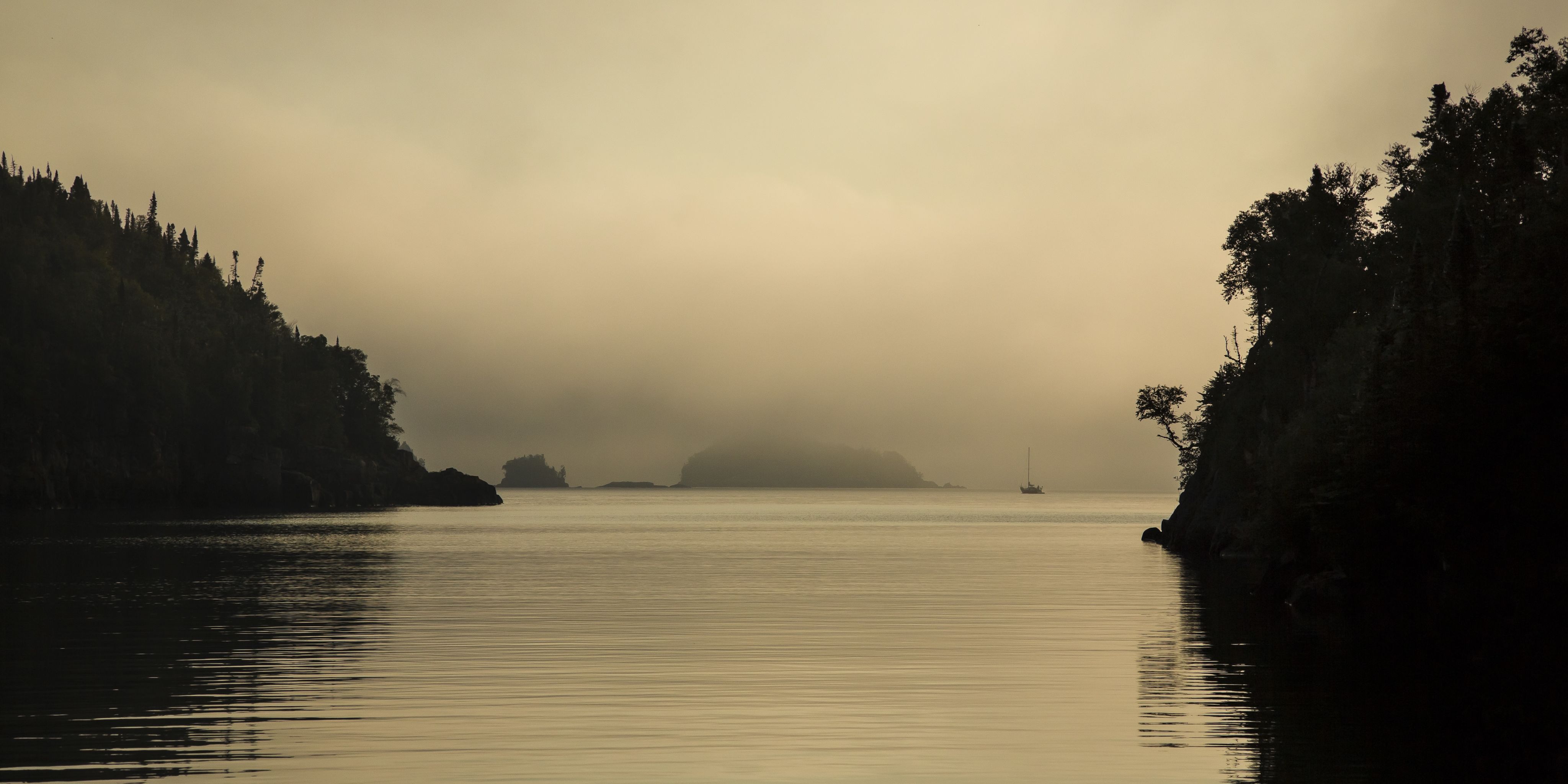Camping By The Kipawa
With limited cell service and stunning scenery, Québec's Parc national d'Opemican is a great place to disconnect from technology and reconnect with nature
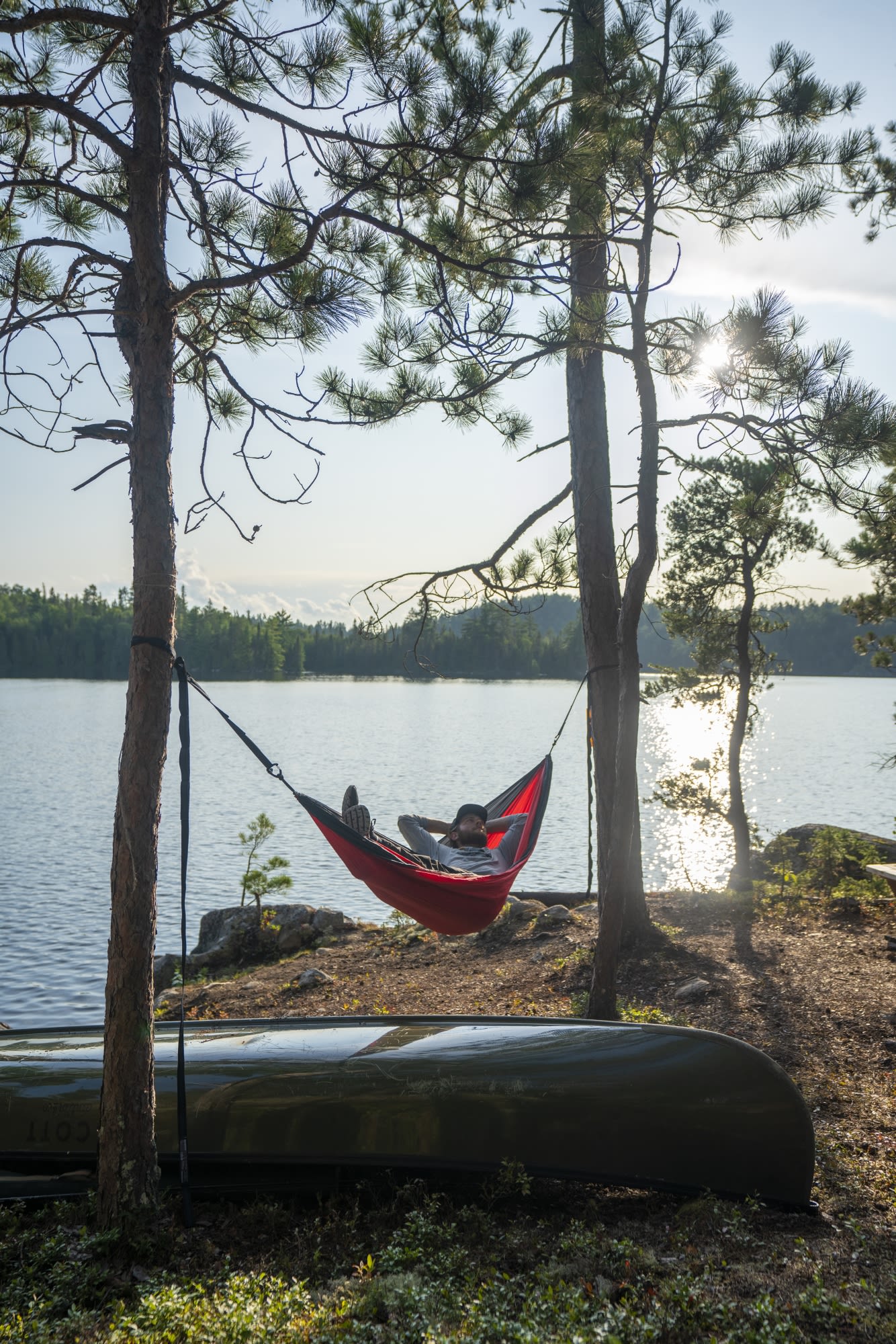
By Izabela Jaroszynski

For those who enjoy camping in Canada's vast forests, Quebec's newest park is an easy one to love.
Located about 100 km north of North Bay, Ontario in the Témiscamingue region of Quebec, the Parc national d'Opemican (administered by Sepaq) offers drive-in campsites, canoe camping sites and ready-to-camp structures that can sleep up to six — all set in a mature forest that is a mix of leafy deciduous trees and those distinctive spruce and pines of the boreal woods.
Tall trees, wetlands and more than 50 bodies of water make it easy to find a spot of solitude within the park's 252.5 square kilometres.
"Even when we are full, the park is quiet," says Carine Bergeron, the park's director. "We get that feedback from visitors all the time."
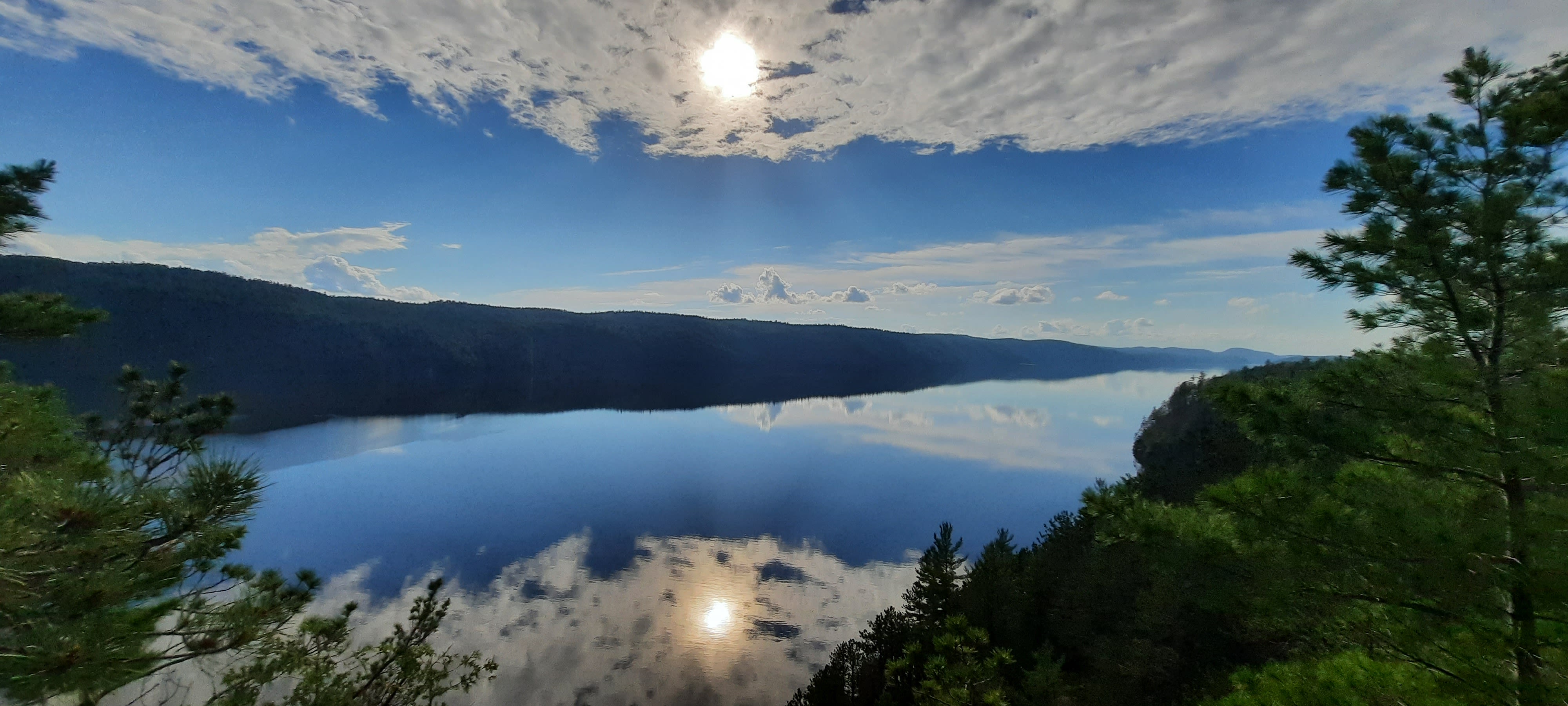
Parc national d'Opemican protects an area of the southern Laurentians and is characterized by rocky cliffs, tall forests and abundant wetlands. The park straddles the divide between the boreal and deciduous forests, creating various habitats that support rich biodiversity. It is bordered on one side by Lake Timiskaming and on the other by Lake Kipawa.
The park is divided into four sectors: the Pointe-Opémican and the Rivière-Kipawa have front-country camping and the Île-aux-Fraises and the Lac-White sectors are for backcountry, canoe-camping.
Begin your exploration at the Visitor's Centre, which is located in the Pointe-Opémican sector. In this area, you will also find a campground located near Lake Timiskaming (or Lac Témiscamingue in French) with 60 serviced sites and 11 ready-to-camp structures.
The Rivière-Kipawa sector also has a handful of campsites and ready-to-camp rentals but note that these are unserviced and require a short walk in from a central parking area. The Étoile structures (ready-to-camp) have some solar-generated power.
The sites in this section are located on a cliff overlooking Lake Timiskaming and offer amazing views. Here you'll also find the rapids and waterfall of the Kipawa River.
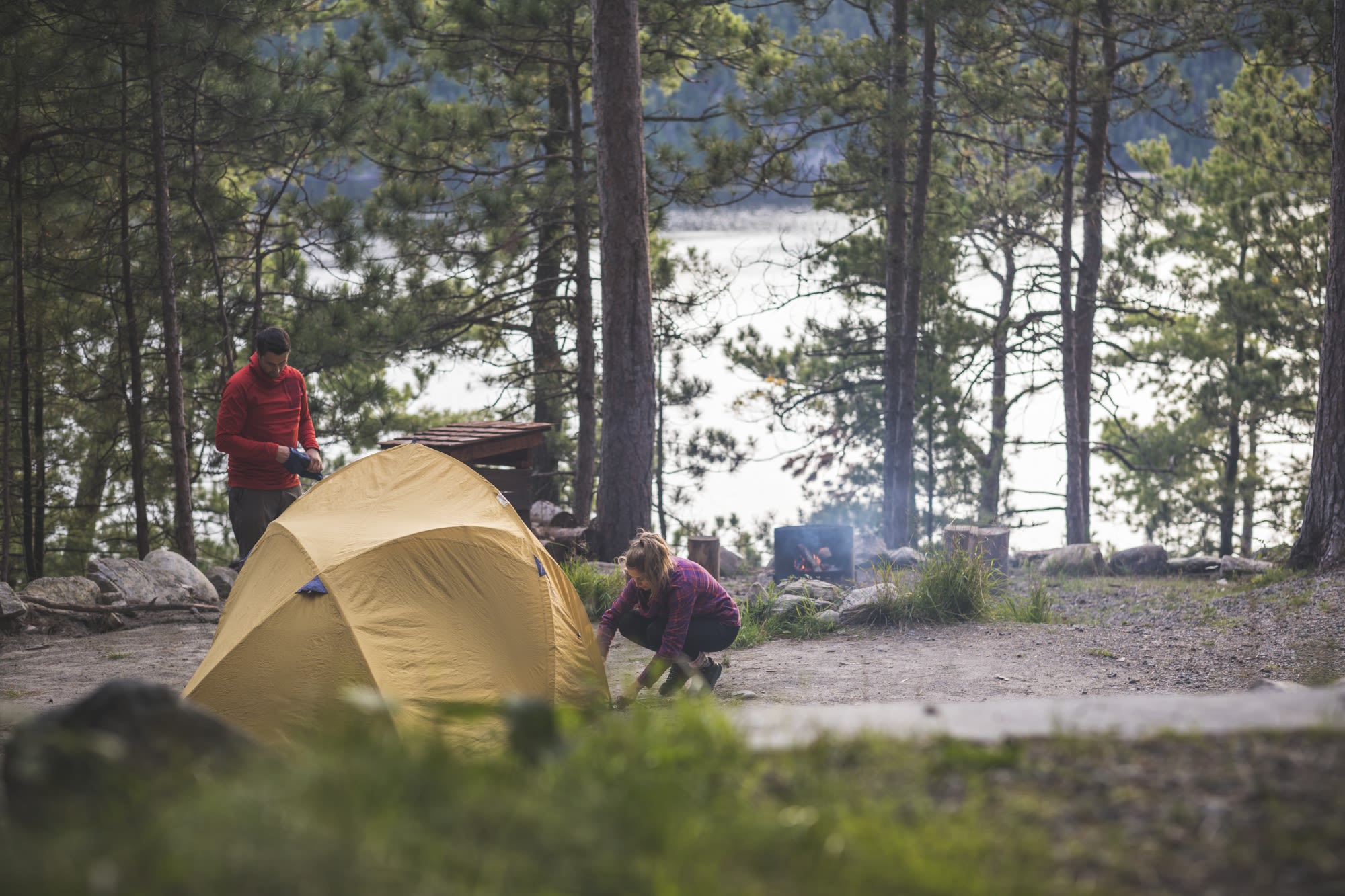
Photo by Parc national d'Opemican
Photo by Parc national d'Opemican
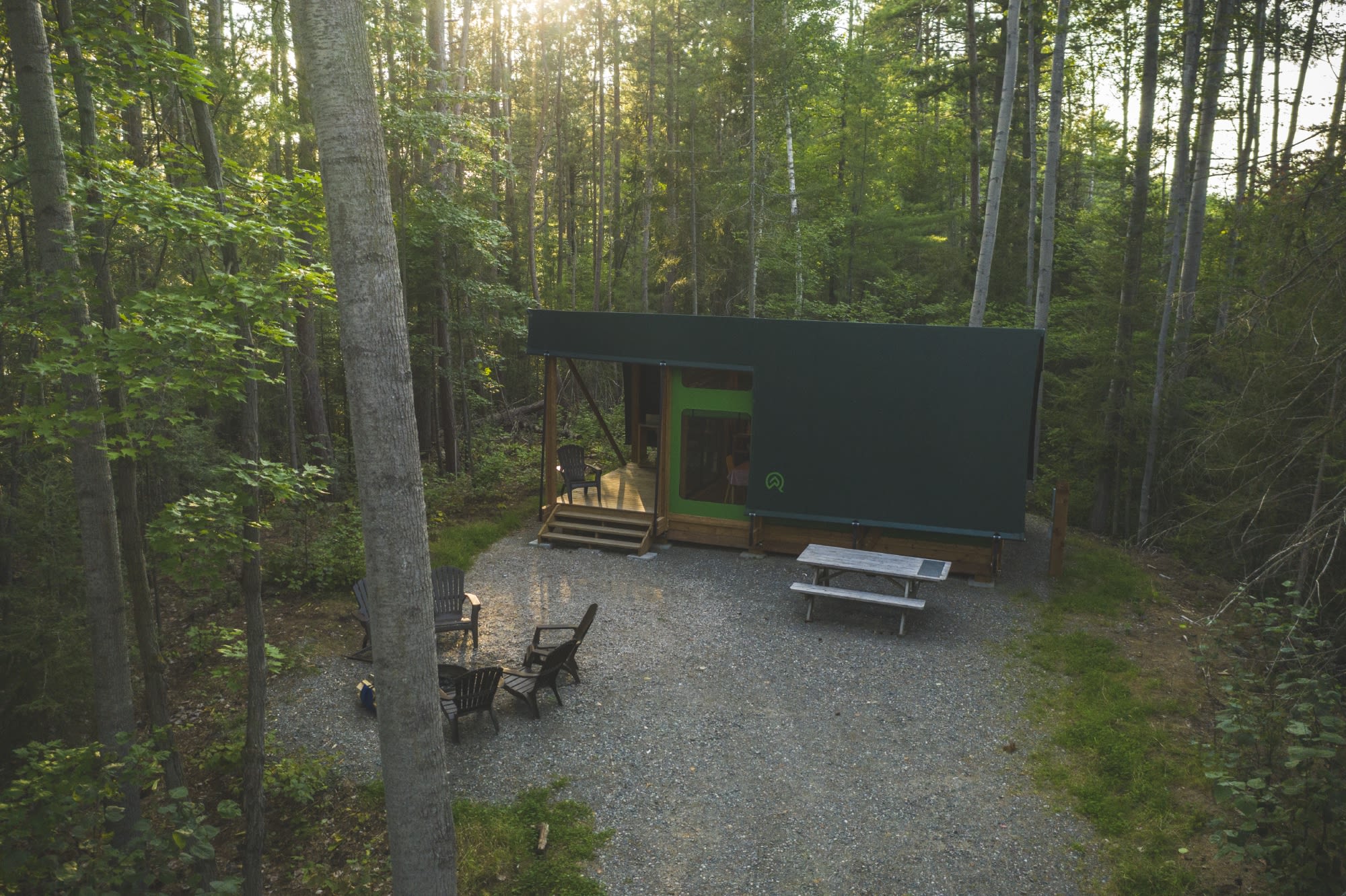
Photo by Parc national d'Opemican
Photo by Parc national d'Opemican
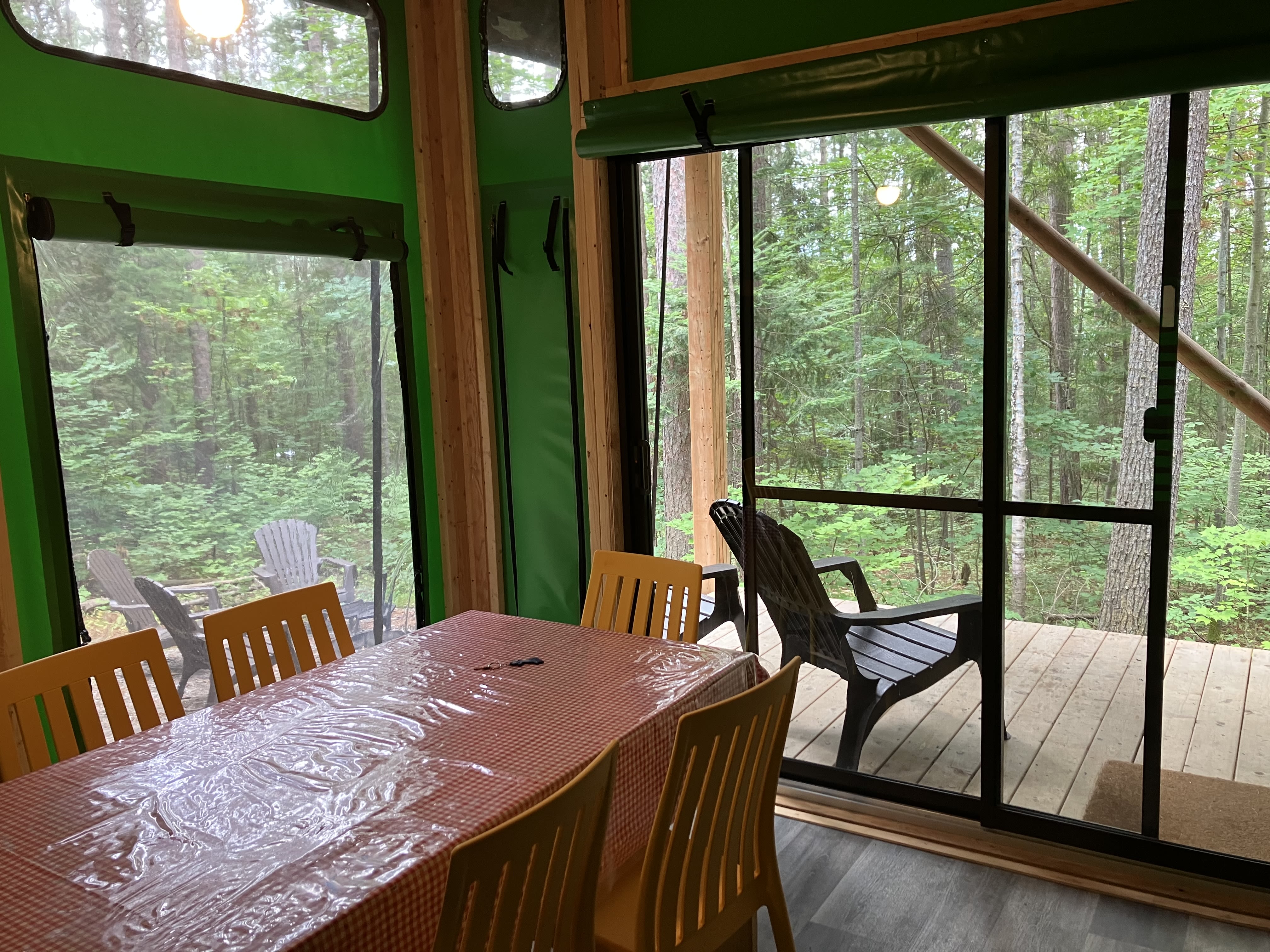
Photo by Parc national d'Opemican
Photo by Parc national d'Opemican
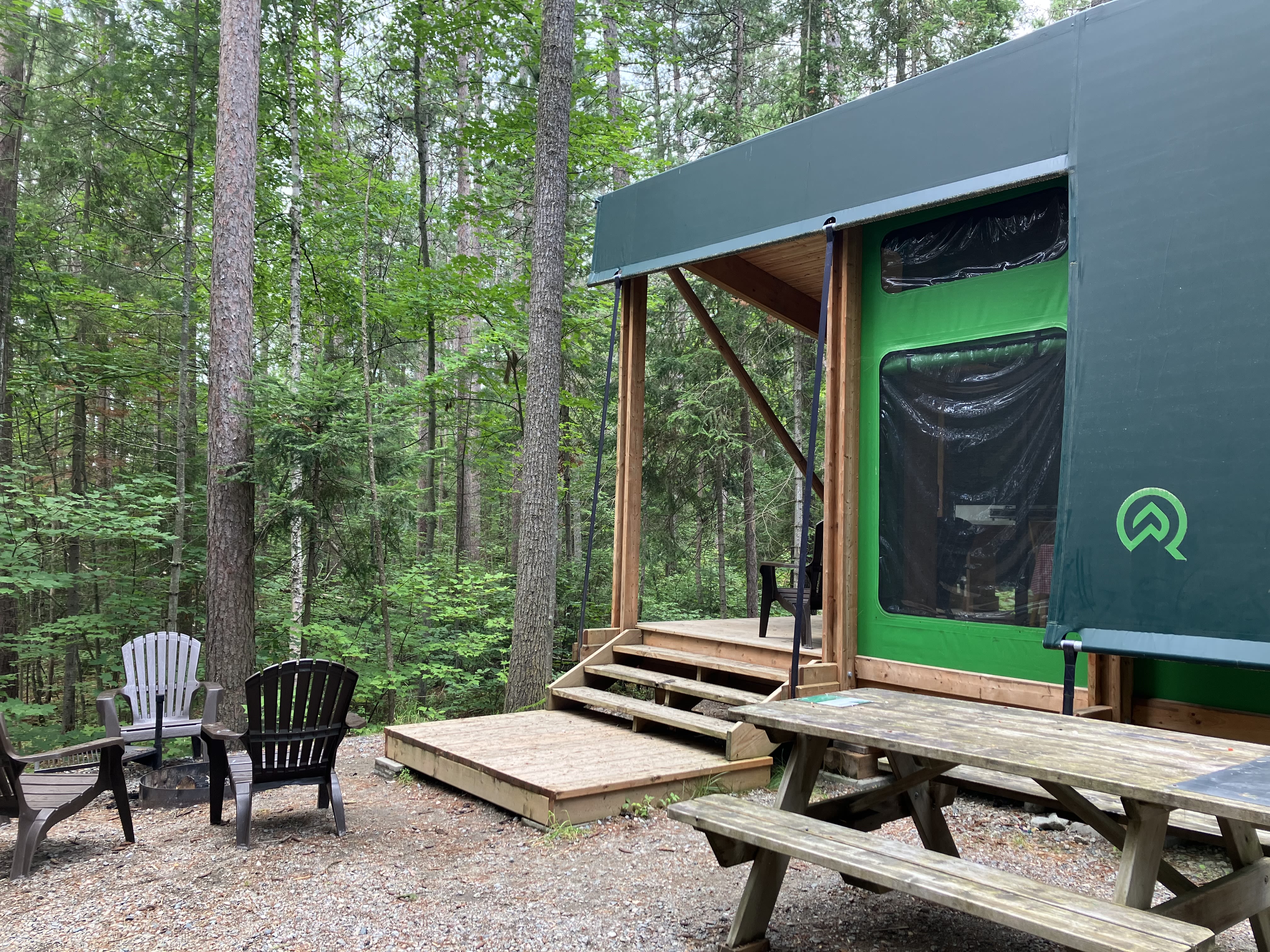
Photo by Parc national d'Opemican
Photo by Parc national d'Opemican
There is a lot of history along these shores and the park exists as much to preserve its cultural heritage as its natural beauty.
Indigenous presence in the area has been traced back nearly 7,000 years and the waters in the region were part of an ancient canoe route. The region later played a vital role in the fur trade as it was a meeting point between Indigenous peoples and fur trading settlers.
In the 19th century, the area began to be used for logging.
The focal point of this history is Opémican Point, where visitors can visit historic buildings such as the Auberge Jodoin, which dates back to 1883, a blacksmith workshop, and the original buildings of the timber station.
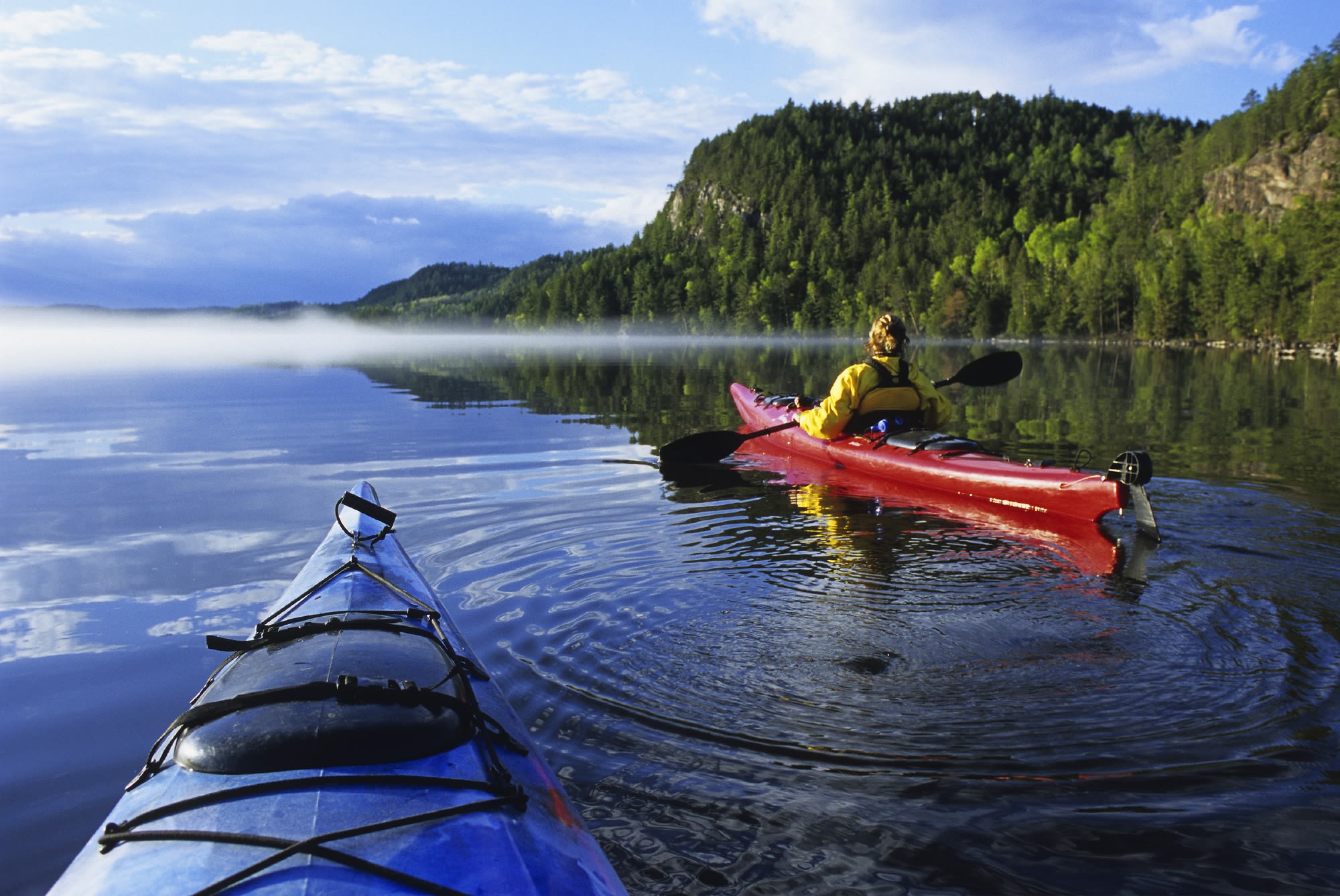
Marissa Briggs, who works at the park as the customer service manager, suggests hiking the Piers trail to get a good look at the timber station from above.
"It takes you up on a cliff, high over Lake Timiskaming and it gives you a lookout over our historical sector and the Opémican Bay where all the old logging activities were," she says.
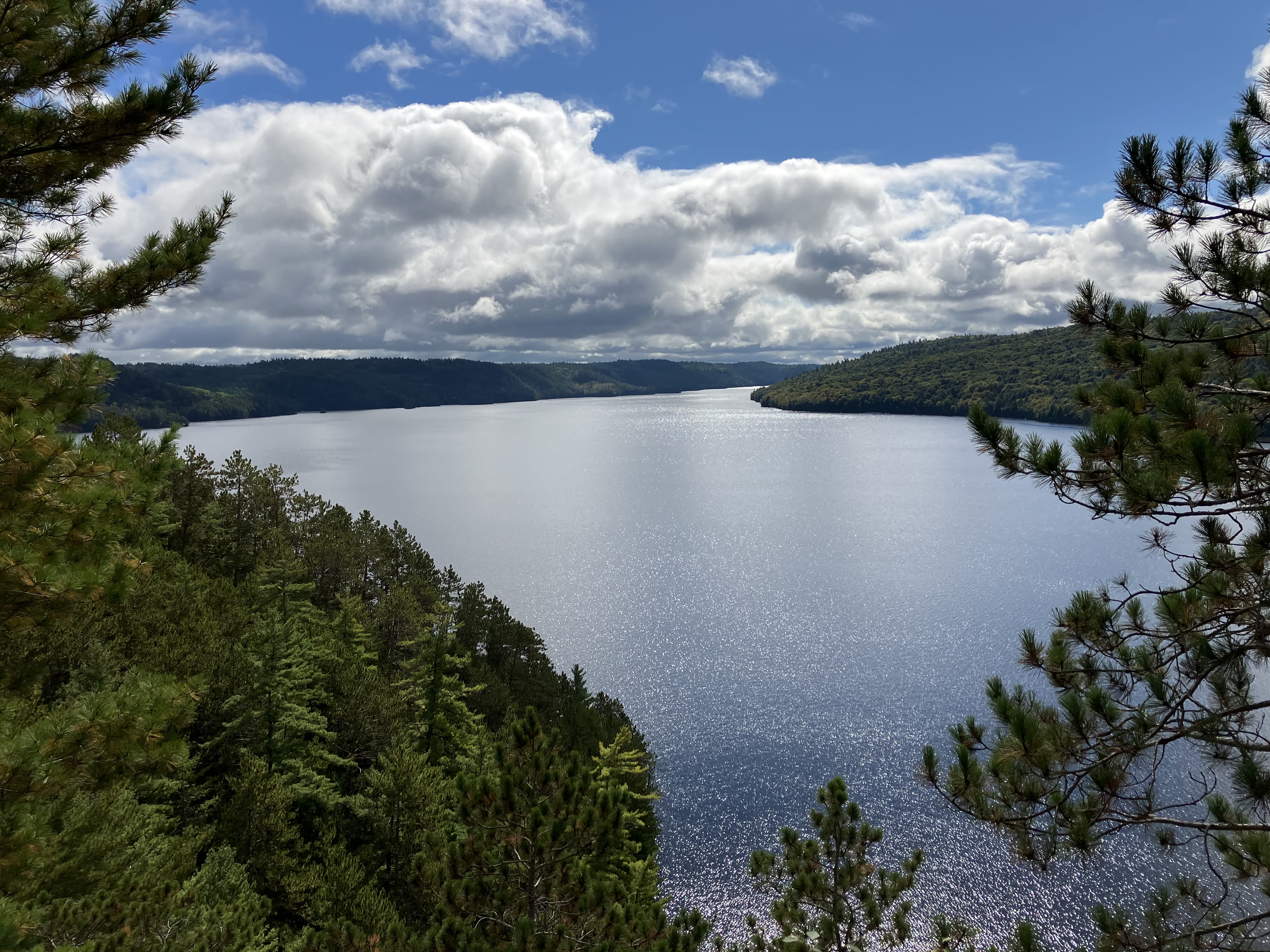
Photo by Parc national d'Opémican
Photo by Parc national d'Opémican
The Piers trail is a 1.7-km loop that is rated intermediate. A good trail to take kids who are just learning to hike more intensive trails, Carine tells me because it is challenging but very rewarding.
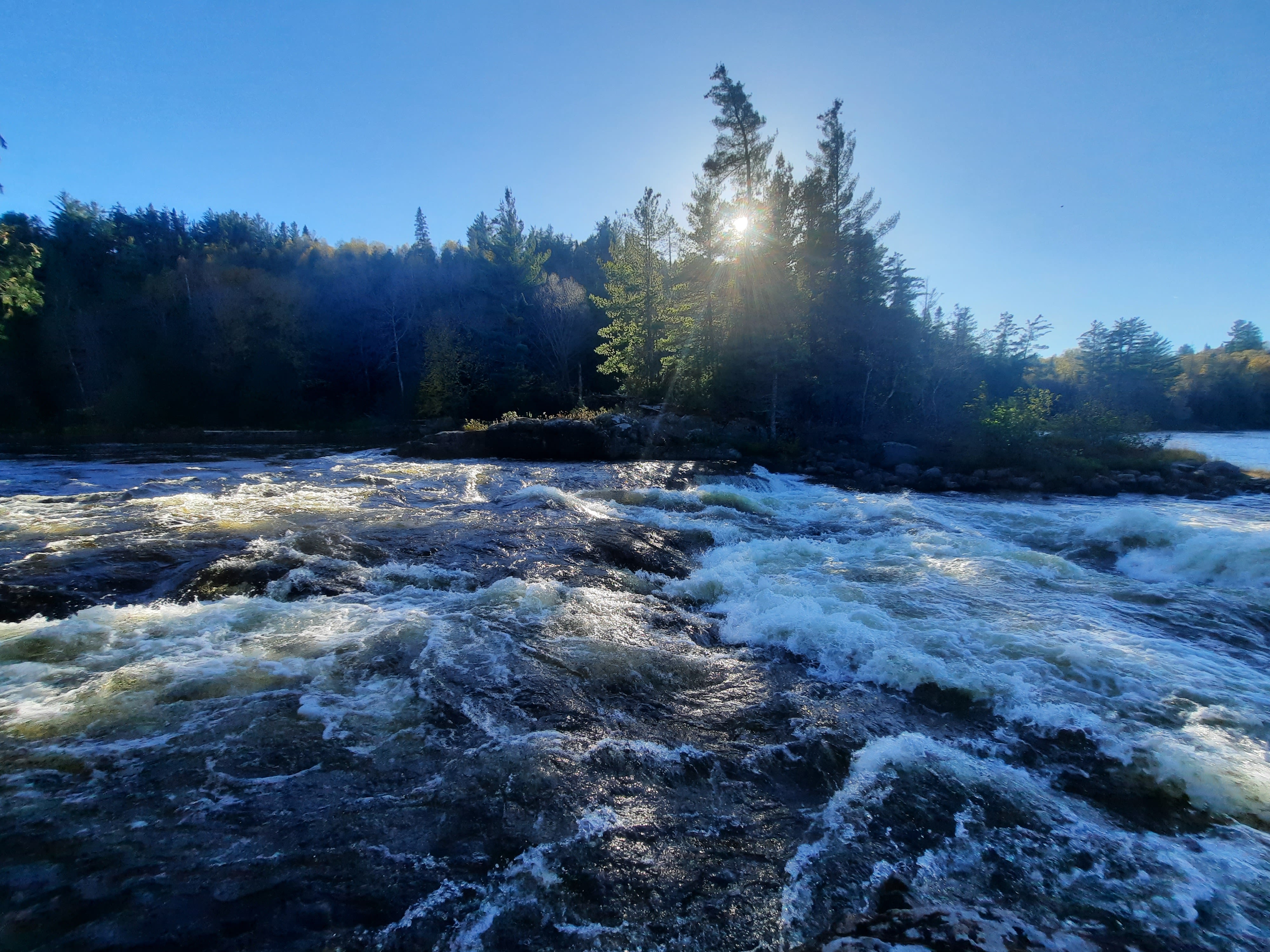
Running through the park is the Kipawa River, which drops down 295 feet in 16 km, creating whitewater rapids that experienced paddlers can enjoy.
Those who would rather remain on dry ground can still view the rapids from the park's trails.
La Grande-Chute is a short trail (1.2 km roundtrip) that leads to a waterfall on the river. A longer and more challenging hike is on the Rivière Kipawa: Grande-Chute Inukshuk section, which has multiple inclines but offers lovely views and forested trails.
Carine says one of her favourite trails is the 10 km long (in each direction) Riviére Kipawa: Laniel-Broken Bridge trail. Listed as advanced, the trail follows the Kipawa River and has many amazing views of the rapids.
"It is so beautiful and so quiet," Carine says. "You feel like you are alone in the world. And once in a while, you can refresh yourself in the river, which is great on a hot day."
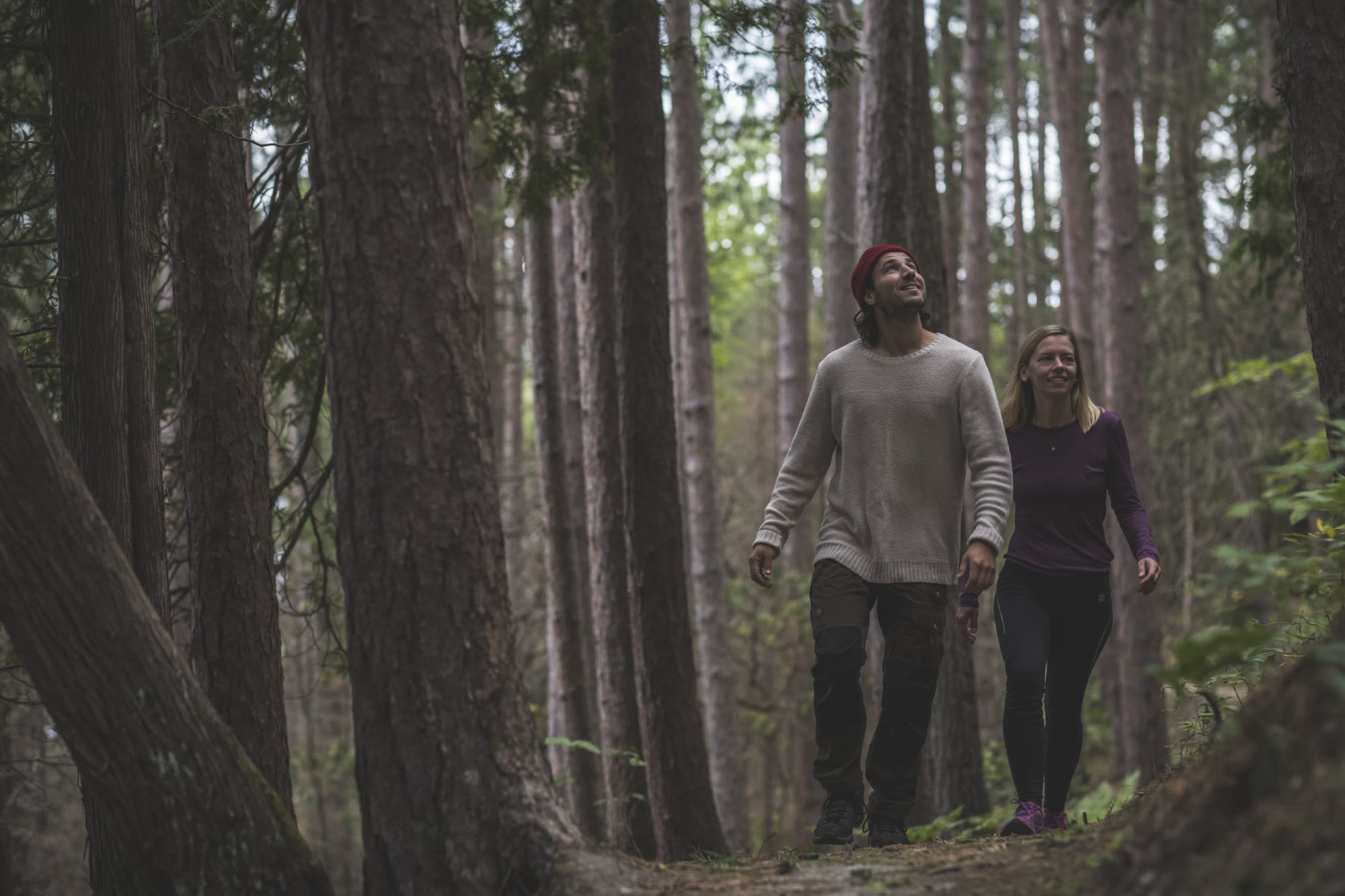
Photo by Parc national d'Opémican
Photo by Parc national d'Opémican

Photo by Mathieu Dupuis
Photo by Mathieu Dupuis

Photo by Yan Kaczynski
Photo by Yan Kaczynski
Parc national d'Opémican is open for camping from mid-June to mid-October. To make reservations, visit Sepaq. Reservations for the next camping season begin in November of the previous year (usually on the second weekend of the month) and visitors can book available sites anytime after that date.
Embrace Canada with Landsby
Landsby creates unique and immersive experiences that not only provide travellers with purposeful and enriching trips but aim to positively impact the communities being explored.
